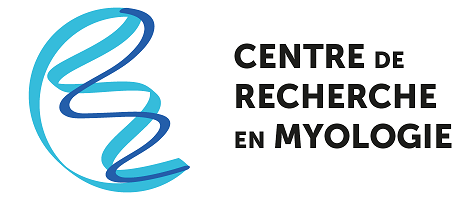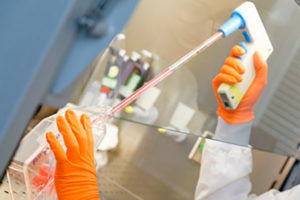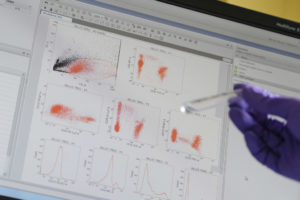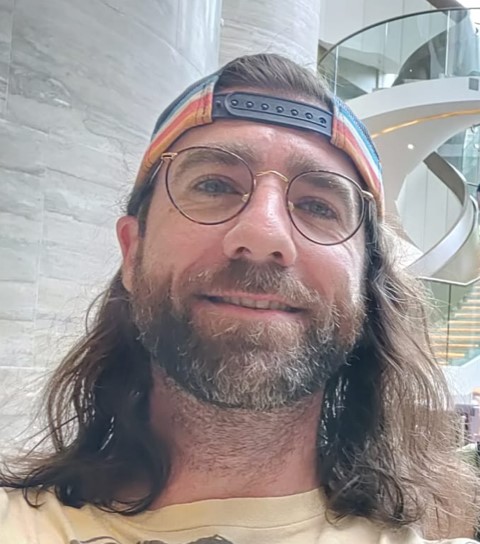Zoom link => https://zoom.us/j/93150228421
Integrating in silico predictions with an engineered tissue assay identifies re-quiescence cue for muscle stem cells
Fabien Le Grand
Research Team Leader, NeuroMyoGène Institute, Lyon, France
Skeletal muscles comprise approximately 40 % of total body weight, contain 50–75 % of all body proteins and contribute significantly to multiple bodily functions. This tissue architecture is characterized by a very particular arrangement of muscle fibers (myofibers) and associated support tissues (blood vessels; stroma).
Myofibers can regenerate following injury. This is due to the presence of resident stem cells called satellite cells (MuSCs). When activated by extrinsic stimuli, satellite cells proliferate and differentiate into new myofibers.
Our previous studies, and those of others, highlighted that many signaling cascades control muscle tissue repair. We thus focus on signaling pathways deployed during regeneration and aim to push forward the frontier of our current knowledge on adult myogenesis.
In an original approach, our team utilize conditional mouse models, transcriptomics and epigenomics, as well as single-cell analyses. Our research will identify specific targets for therapeutic development, which will be the basis for future translational research to treat muscular dystrophies



